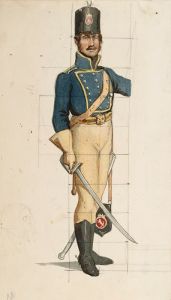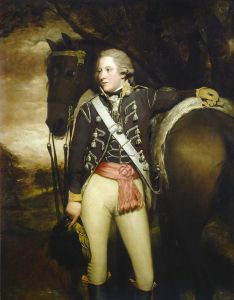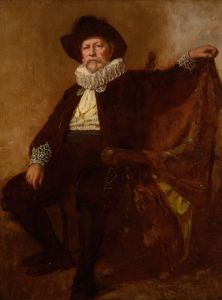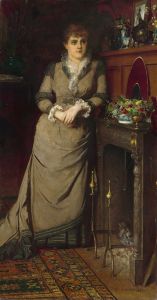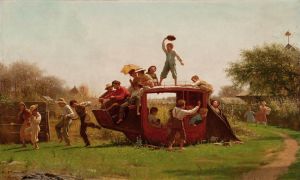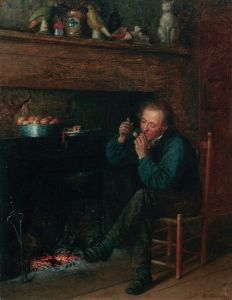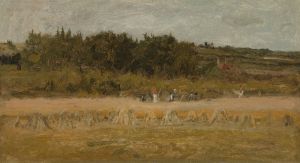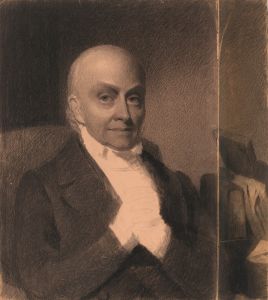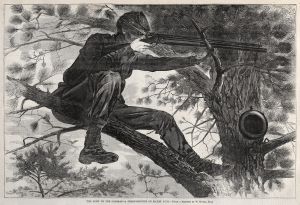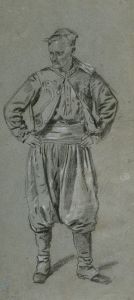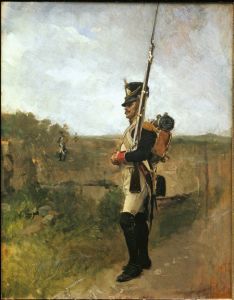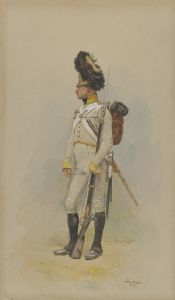
Portrait of Commodore Philip Carrigan Johnson, Jr.
A hand-painted replica of Eastman Johnson’s masterpiece Portrait of Commodore Philip Carrigan Johnson, Jr., meticulously crafted by professional artists to capture the true essence of the original. Each piece is created with museum-quality canvas and rare mineral pigments, carefully painted by experienced artists with delicate brushstrokes and rich, layered colors to perfectly recreate the texture of the original artwork. Unlike machine-printed reproductions, this hand-painted version brings the painting to life, infused with the artist’s emotions and skill in every stroke. Whether for personal collection or home decoration, it instantly elevates the artistic atmosphere of any space.
Eastman Johnson, an influential American painter and co-founder of the Metropolitan Museum of Art, is renowned for his genre paintings and portraits that capture the essence of 19th-century American life. One of his notable works is the "Portrait of Commodore Philip Carrigan Johnson, Jr." This painting exemplifies Johnson's skill in portraiture, showcasing his ability to convey the character and stature of his subjects with precision and depth.
Philip Carrigan Johnson, Jr. was a distinguished figure in the United States Navy, and his portrait by Eastman Johnson reflects both his personal and professional significance. The painting is a testament to Johnson's meticulous attention to detail and his adeptness at capturing the nuances of his subjects' personalities. Through his use of color, light, and composition, Johnson brings to life the dignity and authority of Commodore Johnson, Jr., highlighting his contributions to the naval service.
Eastman Johnson was known for his realistic style, which was influenced by his studies in Europe, particularly in Düsseldorf and The Hague. His exposure to the works of the Old Masters and contemporary European artists informed his approach to portraiture, allowing him to blend traditional techniques with a distinctly American sensibility. This fusion is evident in the "Portrait of Commodore Philip Carrigan Johnson, Jr.," where Johnson's use of chiaroscuro and his attention to the textures of fabric and skin create a lifelike representation that is both intimate and grand.
The portrait not only serves as a personal memento for the Johnson family but also as a historical document that provides insight into the naval history of the United States during the 19th century. Commodore Johnson, Jr.'s career in the Navy would have been marked by the significant maritime developments and challenges of the era, and his portrait by Eastman Johnson captures the spirit of a man who was part of this dynamic period in American history.
Eastman Johnson's ability to capture the essence of his subjects made him a sought-after portraitist among prominent figures of his time. His portraits are characterized by their psychological depth and the subtle interplay of light and shadow, which lend a sense of immediacy and presence to the individuals he depicted. In the "Portrait of Commodore Philip Carrigan Johnson, Jr.," these qualities are evident, as Johnson manages to convey both the personal and professional aspects of the Commodore's life.
The painting is part of a broader body of work by Eastman Johnson that includes portraits of other notable figures, as well as genre scenes that depict everyday life in America. His contributions to American art have been recognized for their historical significance and their artistic merit, securing his place as one of the foremost painters of his time.
In summary, the "Portrait of Commodore Philip Carrigan Johnson, Jr." by Eastman Johnson is a significant work that exemplifies the artist's mastery of portraiture and his ability to capture the essence of his subjects. Through this painting, Johnson not only honors the legacy of a notable naval officer but also contributes to the rich tapestry of American art history.





